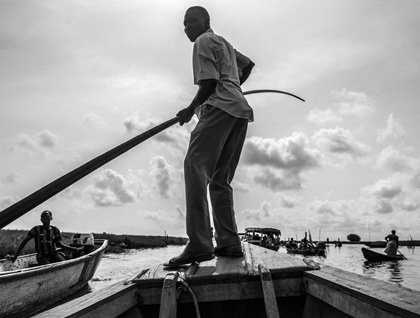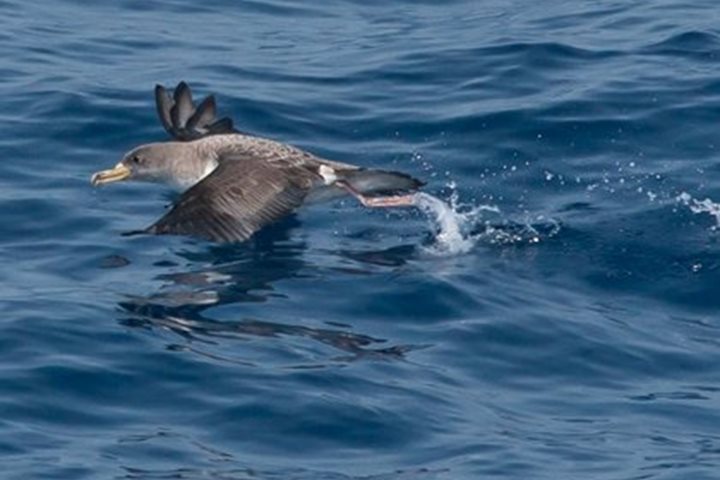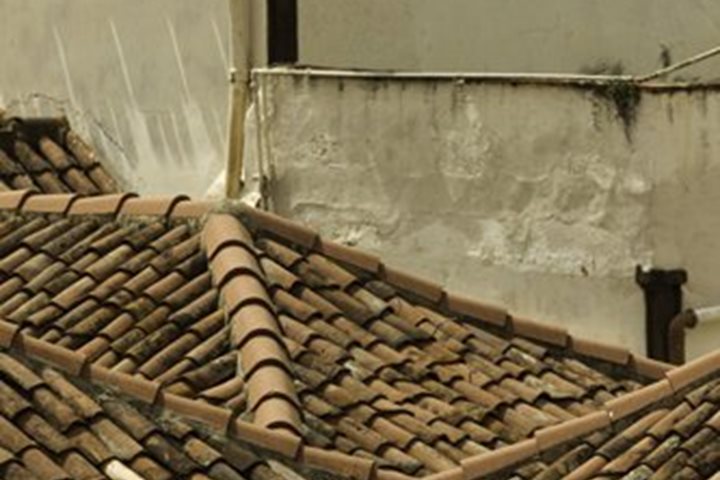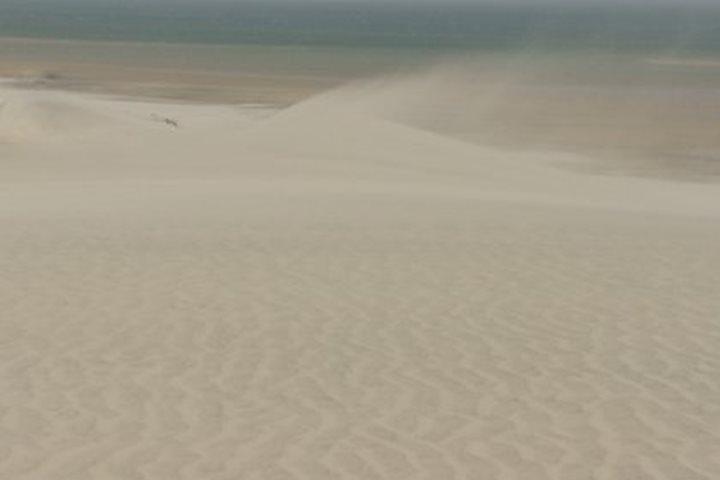Yesterday we took a dramatic course change. For the past two weeks we have made a steady push due north but, following our recent stop in Cameroon, we have pointed our bow to the west. Our visit to Benin today marked our transition into West Africa proper (having skipped Nigeria) and signifies a shift into the land of deeply-held traditional religious values, heavy historical emphasis on slavery, and the region of earliest European contact with sub-Saharan Africa. Big stuff!
Cotonou is our first and only port-of-call in Benin but afforded us a few fascinating stops. The first of the day was a visit to Africa’s largest stilt village, Ganvie. Located in the middle of Nokoue Lake, 15 minutes outside of Cotonou, a community of what now amounts to over 30,000 inhabitants live atop the water on all manner of stilted structure, relying on fish as their primary means of food and barter. As the story goes, Ganvie was established during the 18th century when Dahomey warriors chased many natives off of their land. Those that survived the Dahomey expansion did so due to the Dahomey’s fear of water as a result of a battle lost at sea years before. This fear of water provided a source of refuge for those willing to live, literally, on the lake and now serves as the lineage for those wonderfully dressed water dwellers we visited today.
A 15-minute motorized pirogue ride took us to the village proper but not before weaving through locals canoeing to and from the mainland, fisherman casting hand nets from dugouts and us navigating rows of palm fronds arranged in the water as fish farms to promote the aquaculture that sustains this community. Once in the heart of this African Venice we were treated to the sounds of the Gangbe Brass Band who filled the waterways with their wonderful New Orleans-style big band sound and turned heads from every direction.
The second half of the day we set off for a very important historical town called Ouidah, which served as the doorstep of the Atlantic slave trade. Most slaves that passed through here were sent to Brazil to work on the Portuguese sugar cane plantations. At the heart of the town remains the courtyard where slaves were bought and sold. After seeing the spot where this sickening practice took place we drove a few minutes towards Benin’s southern extent and gazed at the gate (erected in 1992) that marks the spot where those sold to slave merchants in town (see photo) saw their homeland for the last time before boarding the vessels that would take them from everything they knew.
Our final stop was the Kpasse Sacred Forest, where we were welcomed by the locals through song, dance and, most importantly, the pouring of libation. This touch was perhaps the most meaningful in their welcoming us to the location where the former King Kpasse was said to have arisen after death in the form of a tree. That tree still stands today in the form of a false cola tree and is believed to grant those who touch its bark their wishes. Those who did so no doubt wished us continued good luck on our journey ahead as the first half of our trip up the west coast of Africa has been one to remember!







